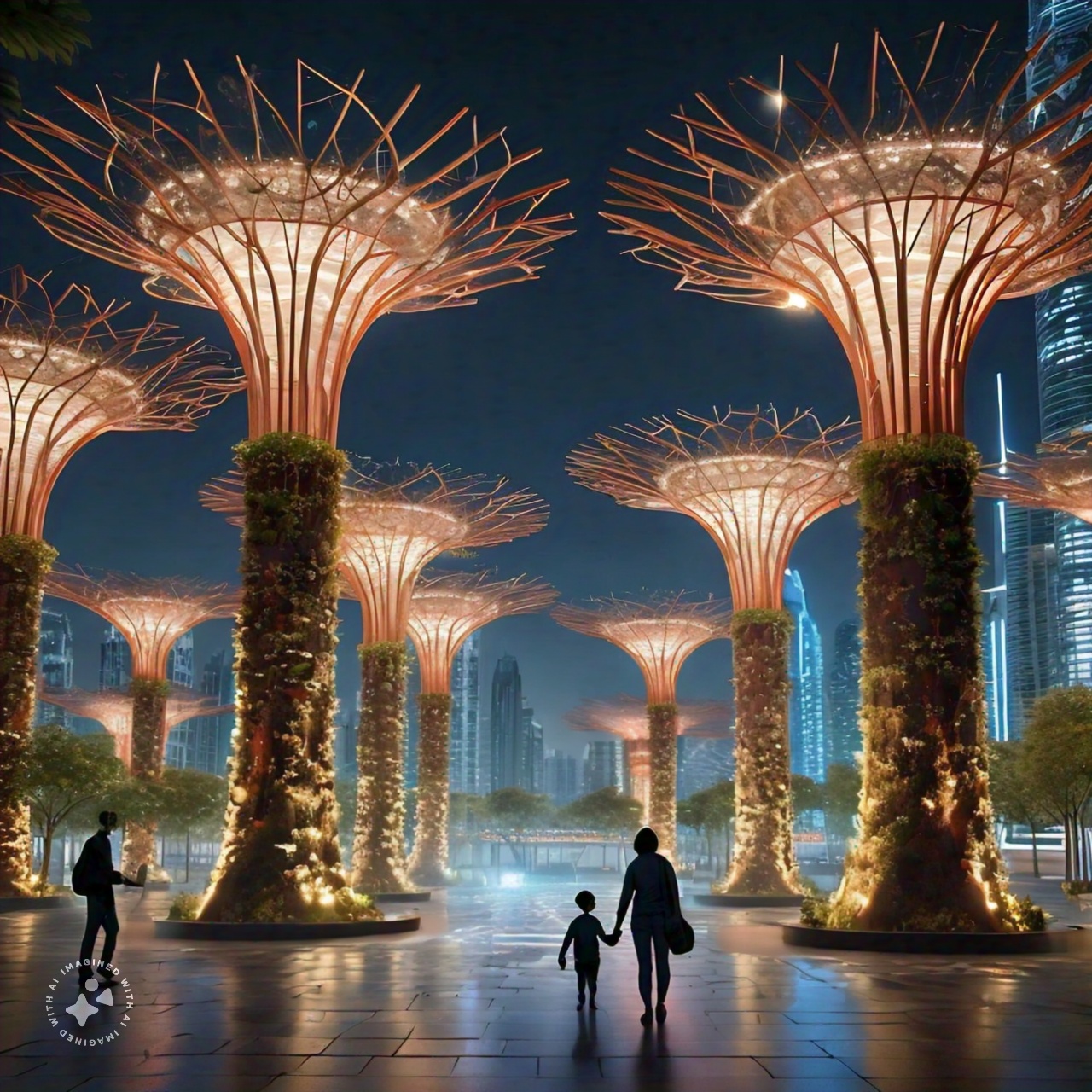Artificial trees have become increasingly popular as a sustainable and practical solution for enhancing urban environments. With growing concerns about deforestation, air pollution, and the loss of green spaces in cities, these synthetic marvels offer numerous benefits. This blog delves into the evolution, advantages, and future potential of artificial trees, exploring how they contribute to urban sustainability and aesthetic appeal.
The Evolution of Artificial Trees
Artificial trees have come a long way from their early days as simple decorative items. Initially used primarily for seasonal decorations, such as Christmas trees, advancements in technology and materials have transformed them into sophisticated structures with multiple applications. Today, artificial trees are designed to mimic real trees in appearance and function, making them a viable alternative to natural greenery in urban settings.
Key Milestones in the Evolution of Artificial Trees:
- Early Decorative Use: Artificial trees were first popularized as holiday decorations, made from basic materials like plastic and metal.
- Realistic Designs: Improvements in manufacturing techniques led to more realistic-looking trees, with detailed foliage and bark textures.
- Functional Enhancements: Modern artificial trees can now include features such as integrated lighting, self-watering systems, and even air purification capabilities.
- Urban Integration: Artificial trees are increasingly used in urban planning to create green spaces in areas where natural trees are not feasible due to space constraints or environmental conditions.
Benefits of Artificial Trees
Artificial trees offer several advantages over natural trees, particularly in urban environments where space and resources are limited. Here are some key benefits:
- Low Maintenance: Unlike natural trees, artificial trees do not require regular watering, pruning, or pest control, reducing maintenance costs and efforts.
- Allergen-Free: Artificial trees do not produce pollen or other allergens, making them a suitable choice for people with allergies or respiratory issues.
- Durability: Made from robust materials, artificial trees can withstand harsh weather conditions and last for many years without deteriorating.
- Versatility: Available in various sizes and styles, artificial trees can be customized to fit any space, from small indoor areas to large outdoor installations.
- Environmental Benefits: Some artificial trees are designed to incorporate air purification systems, helping to improve air quality in polluted urban areas.
The Future of Artificial Trees
The future of artificial trees looks promising, with ongoing innovations and a growing recognition of their potential to enhance urban sustainability. Emerging technologies and materials are set to further improve their functionality and environmental impact.
Trends to Watch:
- Smart Trees: Integration of smart technologies, such as sensors and IoT connectivity, will enable artificial trees to monitor and respond to environmental conditions in real-time.
- Energy Generation: Future designs may incorporate solar panels or wind turbines, allowing artificial trees to generate renewable energy for urban areas.
- Biodegradable Materials: Advances in materials science could lead to the development of biodegradable artificial trees, reducing their environmental footprint.
- Enhanced Air Purification: Next-generation artificial trees may feature advanced air filtration systems, further improving urban air quality.
- Green Infrastructure: Artificial trees will play a crucial role in urban green infrastructure projects, providing green spaces and ecological benefits in areas where natural trees cannot thrive.
Conclusion
Artificial trees represent a significant advancement in urban sustainability and design. By offering a low-maintenance, durable, and versatile alternative to natural trees, they help create greener, healthier, and more aesthetically pleasing urban environments. As technology continues to evolve, artificial trees will undoubtedly become an integral part of future cities, contributing to a more sustainable and livable world. Whether used to enhance indoor spaces or transform urban landscapes, artificial trees are poised to play a crucial role in the future of urban planning and environmental stewardship.







